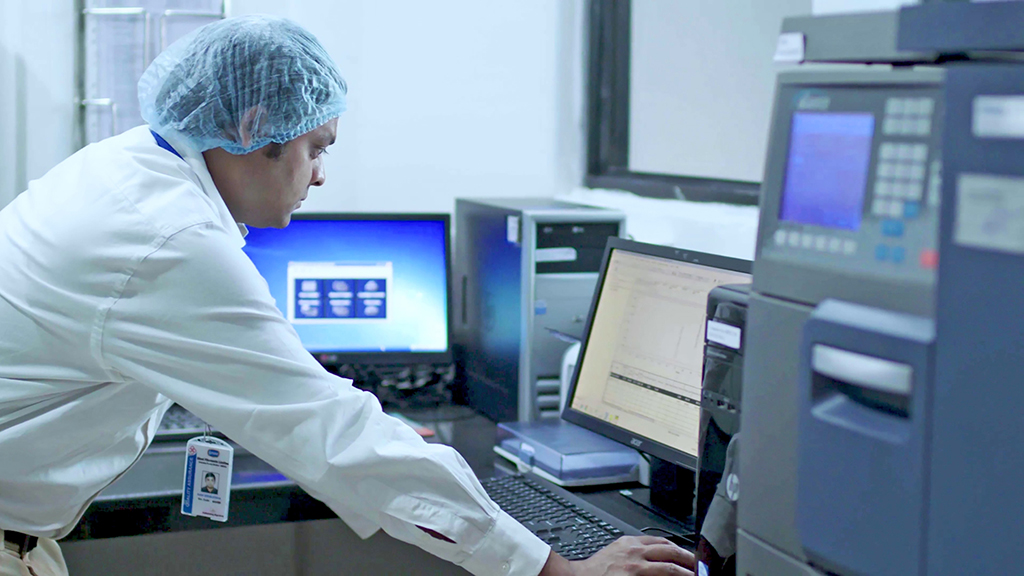By Yash Jaipuria, Chief Executive, Ginni Filaments Ltd.

The COVID-19 pandemic marked the burgeoning growth of the wet wipes industry. With heightened awareness and attention to personal hygiene, wet wipes emerged as a convenient and effective solution. Even post-pandemic, when the situation normalized, the demand for wet wipes continued to rise steeply. Their convenience, handiness, and versatility make wet wipes highly popular. Besides, they are hygienic and skin-friendly, formulated for specific purposes. However, amidst all these benefits, we cannot overlook the environmental impact of traditional wipes, which calls for a transition to a greener practice. The traditional single-use wet wipes made from polyester fabric are derived from petroleum products.
They might take years to decompose if discarded improperly, thereby affecting the ecosystem.
Considering its impact on the environment, there is a need to switch to eco-friendly practices to build a sustainable future for all. Recognising the gravity of the situation, the wet wipe industry is advancing to replace the traditional material with a more nature-friendly options. By leveraging advanced technologies and nonwoven raw materials like wood pulp, viscose, cotton, hemp, bamboo, or flax, they are exploring a new variety of wipes that can help to reduce the burden on the surrounding.
In these wet wipes made from natural materials, the artificial compounds used to make them effective are comparatively fewer, thereby exposing the skin to fewer chemicals. Another alternative to these wipes is water wipes containing 99.9% water with 100% viscose fabric, which can be disposed off easily and safely. These water wipes are free from added alcohol, parabens, chlorine, SLS, SLES, sulfates, or fragrances. Manufactured meticulously adhering to the highest safety standards, these wipes are among the gentlest available in the market, eco-friendly and 100% biodegradable.
In addition, the industry is focusing on recycling and reusing the existing products available in the ecosystem, which is a vital aspect of building a sustainable future. Recycling helps minimize dependency on virgin raw materials and reduces the carbon footprint. With the help of advanced technology, industry is making efforts to recycle waste plastic to curb plastic pollution. According to a report released in 2021 by Pew Charitable Trusts and SYSTEMIQ in collaboration with the United Nations Environment Programme (UNEP), ocean plastic pollution is on track to rise to 29 million metric tons (MMT) by 2040. To combat this alarming projection, the wet wipes industry has started producing wipes by employing wasted plastic. This initiative reduces the environmental impact of plastic waste and encourages consumers to choose more sustainable options.
Furthermore, promoting reusable wipes among the masses to reduce the problem of wastage is another crucial step towards sustainable living. Made from soft, durable materials, these wipes can be washed and used multiple times, making them an eco-friendly alternative to traditional single-use wet wipes. Implementing these measures across the industry poses many challenges. To begin with, making wipes from natural products requires a higher initial investment. This can be a matter of concern for low-budget brands. Additionally, there is low demand in the market due to a lack of awareness among the masses, which affects the sale of such products.

As we face pressing environmental challenges, we must embrace sustainability in all aspects of our lives. The United Nations has already laid the blueprint for it in the form of Sustainable Development Goals (SDGs) to be met by 2030. We collectively have to make efforts to accelerate this transformation to reach the objective on time. By making conscious choices, both businesses and consumers can contribute to a cleaner and more sustainable world.